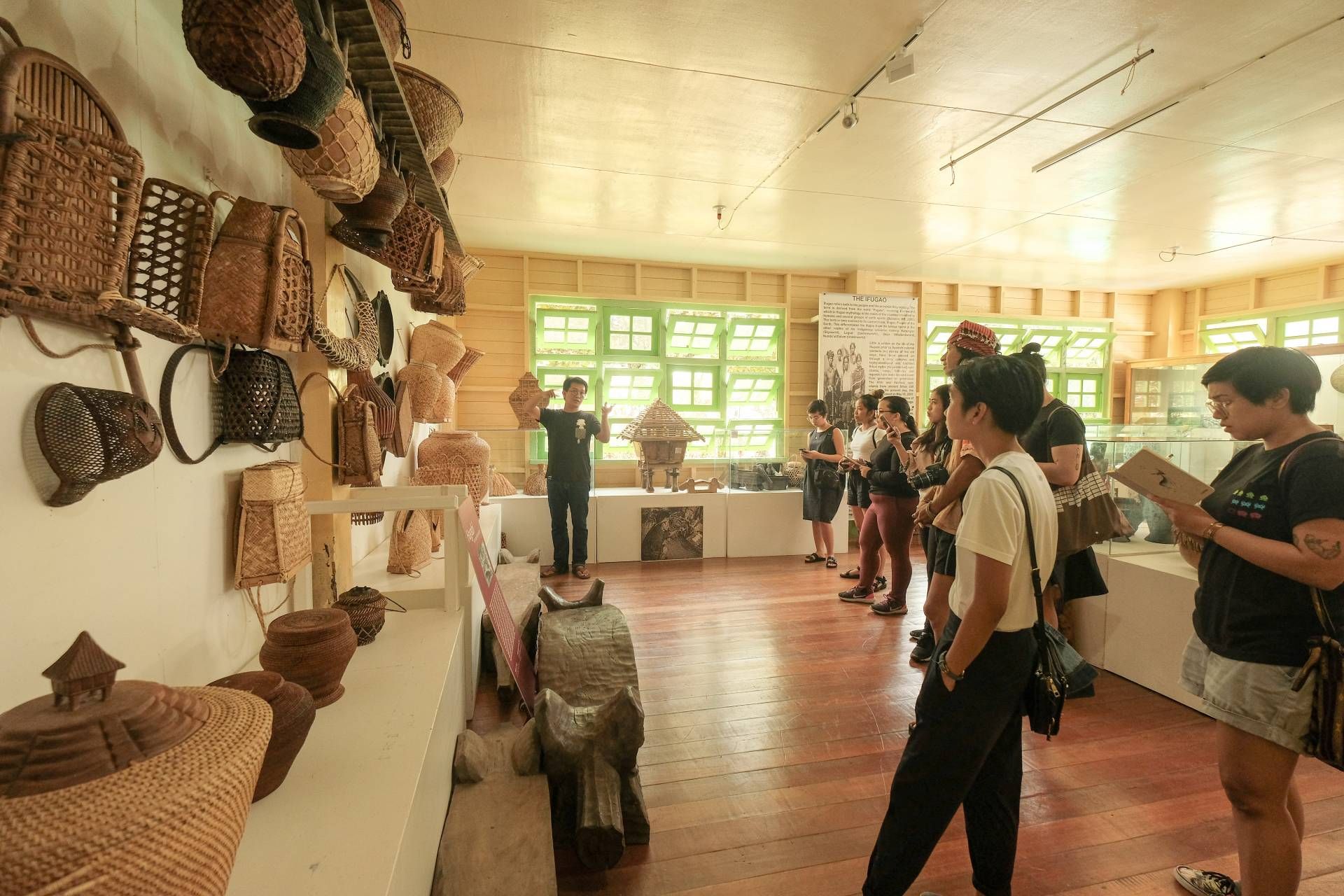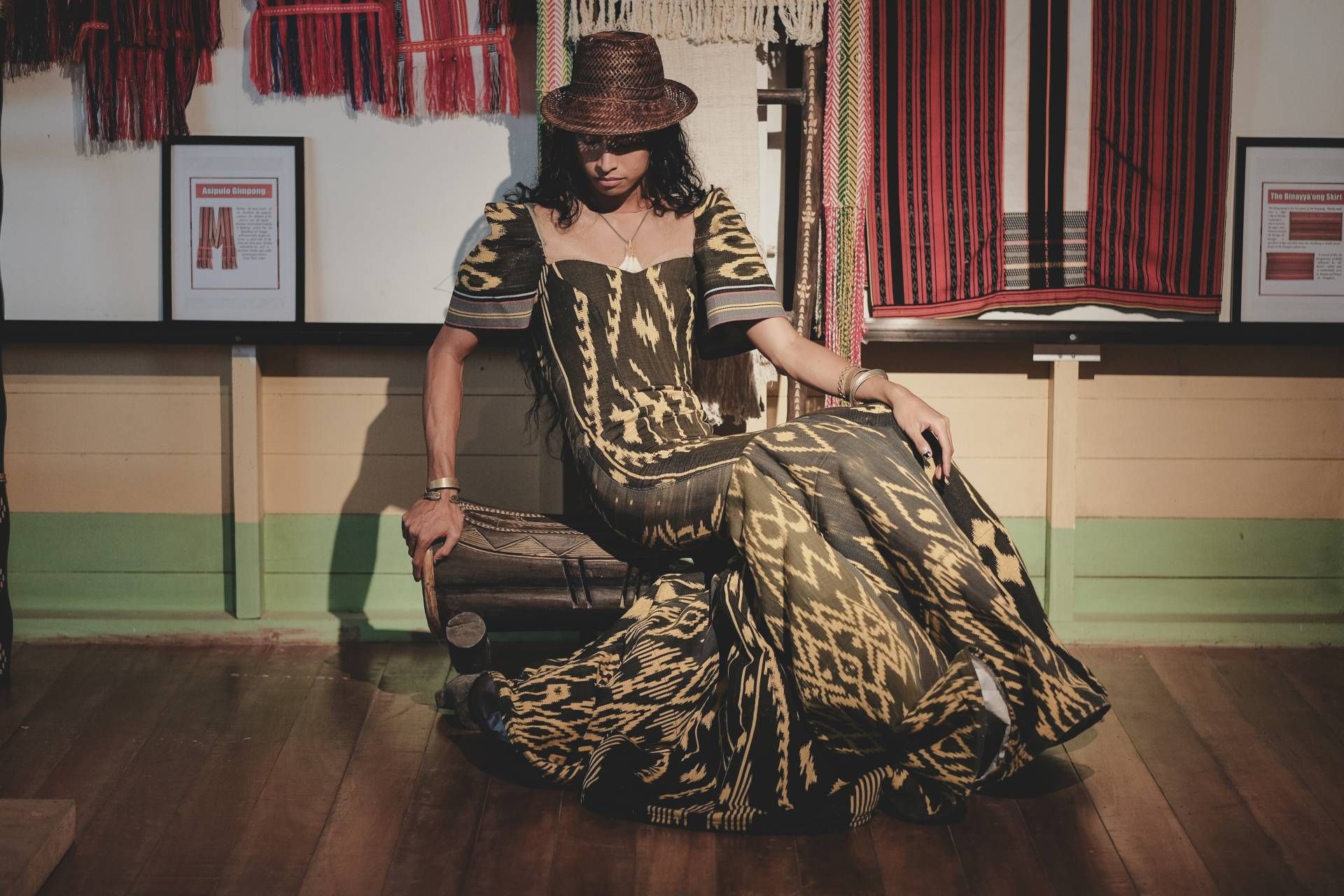Hand-weaving textile is one of the most interesting crafts of the Philippines, weighed with immense cultural significance. Little does one know, weaving is a sacred art. It is an elaborate process with many stages which includes a ritual.
At Kiangan, the birthplace of Ifugao, weaving has always been a part of the community’s daily activities. May it be for economic purposes, cultural preservation or personal use. The Ifugaos of Kiangan either practice traditional weaving which follows old-age techniques passed on through generations, or the ikat, where bundles of yarn are tightly wrapped together and dyed as many times to create a desired pattern or design.









